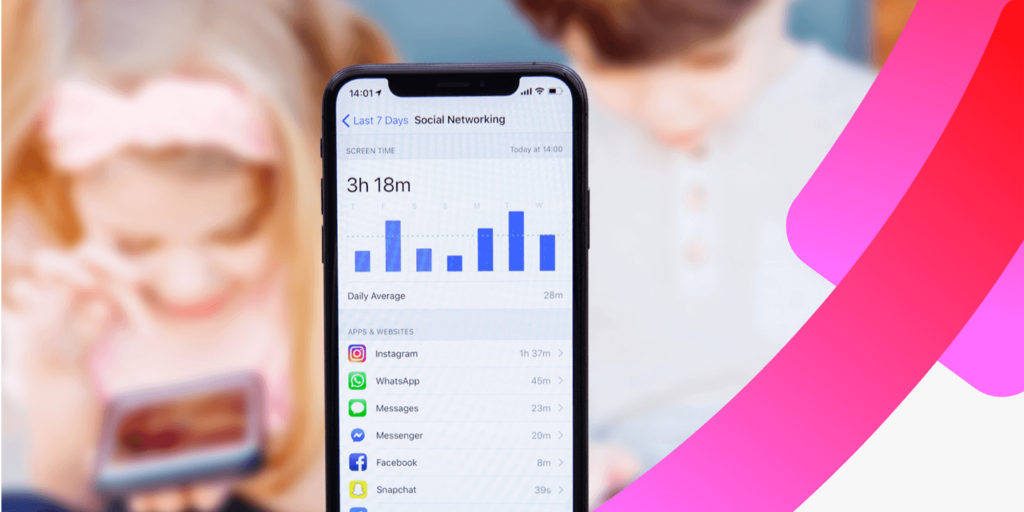If you’re a parent, it can often feel like the online world is constantly evolving and with that comes new challenges. Social media in particular has many facets that require monitoring to ensure your child’s safety and privacy when using popular platforms such as Instagram, YouTube, Snapchat, and TikTok.

With so many available options on how to protect your children from hazards associated with these apps – including cyberbullying and inappropriate content – it can be difficult keeping up-to-date with all the complex settings required for each platform.
In this blog post we will provide guidance on where to start when setting parental controls across different social media networks so you can give yourself peace of mind about what your kids are exposed to online.
Instagram is one of the most popular social media platforms among teens, but thankfully, setting up parental controls on the app is straightforward.
By creating a separate account for your child and linking it to your own account, you can turn on features such as restricted mode, which filters out sensitive content, and the ability to approve or reject new followers.
Additionally, you can set daily time limits and turn off direct messaging altogether. With these easy steps, you can rest easy knowing that your child is using Instagram safely and responsibly.
TikTok
TikTok provides its own range of parental controls. To access these features, you should first create your own account on the app and then select “Digital Wellbeing” in the settings menu.
From here, you can set time limits for your child’s usage, restrict inappropriate content, and even limit who can contact them on the app.
YouTube
Concerned parents can create a family YouTube account and filter out inappropriate content using YouTube’s safety mode. Additionally, parents can tailor their child’s viewing experience by creating a playlist of approved channels and videos.
YouTube also has a feature called ‘Restricted Mode,’ which blocks content containing mature themes, drugs, and violence. Although YouTube is a platform with a ton of content, parents can monitor their child’s viewing history and limit their screen time by setting a timer or allowing specific times for YouTube usage.
Furthermore, YouTube’s privacy settings allow parents to ensure their child’s safety by limiting the comment section and managing access to personal information.
Snapchat
One of the most useful parental features on Snapchat is the ability to set up “Friend Filters” that only allow certain individuals to contact your child.
Additionally, Snapchat offers “Snap Map” which allows you to see your child’s location on a map, as well as “Notifications” which can alert you if your child receives a message from someone they haven’t added as a friend. Overall, Snapchat’s parental features can offer an extra layer of protection for both parents and their children.
Setting parental controls on your children’s devices can be overwhelming, but it doesn’t have to be. Taking the time to look into the different measures that each major social media platform has available is key in protecting them from unwanted slander or inappropriate content online.
From built-in algorithms embedded into YouTube and Instagram to Guardian ‘approval’ for Snapchat, there are plenty of methods to ensure users stay safe.
Another bonus of setting these parental controls is being able to encourage safe usage of all these platforms without intruding on a child’s privacy. So parents can rest assured that they have done their best in keeping their child safe while they continue exploring the world of social media.
